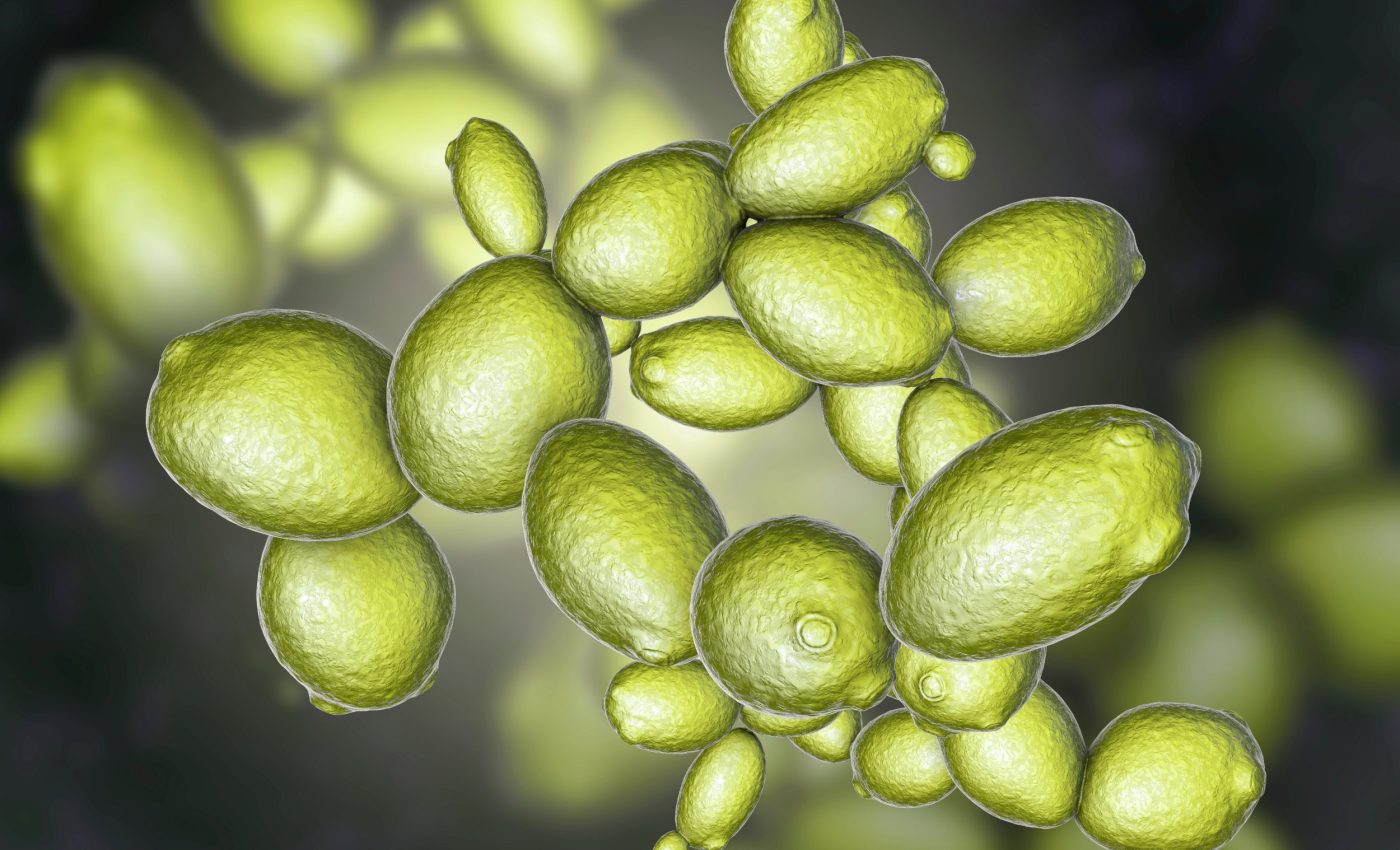
Could life survive on Mars? Yeast offers a clue
For centuries, people have used baker’s yeast to make bread and beer. Few imagined this tiny organism could help decode how life might endure on another planet such as Mars.
Scientists at the Indian Institute of Science (IISc) and the Physical Research Laboratory (PRL) have now shown that Saccharomyces cerevisiae can survive conditions similar to those on Mars. Their findings connect kitchen biology to cosmic survival.
This discovery changes how we look at simple life. Yeast, once thought to thrive only in ovens and breweries, has shown remarkable adaptability under alien-like pressure.
The study’s experiments suggest that life, even in its most basic form, may possess built-in survival codes capable of withstanding radiation, chemical toxins, and shock waves similar to those found on Mars.
The research not only expands our understanding of biology but also strengthens the possibility that microscopic life could exist, or have once existed, beyond Earth.
Yeast survives Mars-like stress
The researchers pushed yeast to its limits. They blasted it with shock waves moving at Mach 5.6 and drenched it in sodium perchlorate, a toxic chemical present in Martian soil.
The goal was to determine whether life could stay alive when hit by forces like meteorite impacts and chemical stress.
“One of the biggest hurdles was setting up the HISTA tube to expose live yeast cells to shock waves – something that has not been attempted before – and then recovering yeast with minimum contamination for downstream experiments,” said study lead author Riya Dhage.
The yeast endured both treatments. It grew slower but refused to die. Inside the cells, a defense system switched on. The yeast produced ribonucleoprotein (RNP) condensates – microscopic clusters that reorganize RNA and proteins during crisis.
Shock waves triggered both stress granules and P-bodies, while perchlorate exposure led to P-bodies alone.
Smart cellular response
These RNP condensates act like emergency shelters inside the cell. They decide which genetic messages to store and which to use later. The system is ancient and conserved across species.
Mutant yeast missing two proteins, Edc3 and Lsm4, couldn’t form these condensates. Those cells struggled to survive perchlorate stress and showed slower recovery.
The loss of condensates destabilized important genes linked to protein folding and cell wall repair.
Genes help yeast adjust to stress
RNA sequencing revealed over 1,300 gene changes under sodium perchlorate. Many boosted energy production and oxidative stress defense, while others slowed translation to save energy.
Interestingly, yeast also activated genes that prepare for ascospore formation – a dormant, survival mode often triggered by starvation. The cells essentially pressed pause on growth to protect themselves.
The experts found that wild-type yeast adapted efficiently, while mutants lagged behind. This confirmed that RNP condensates helped manage stress by stabilizing key RNA molecules and reorganizing the cell’s energy use.
Recovery after impact
After the shock wave stress, yeast changed its strategy. It ramped up genes for translation and protein repair while cutting back on energy-heavy metabolism. This focus on repair helped the cells recover.
RNA stability tests showed that stress-protective transcripts like SSA1, ROM2, and TPO2 lasted longer during perchlorate exposure. That stability disappeared in mutants without P-bodies.
The evidence was clear – RNP condensates made the difference between recovery and collapse.
Yeast reveals life’s survival tricks
“What makes this work unique is the integration of shock wave physics and chemical biology with molecular cell biology to probe how life might cope with such Mars-like stressors,” said Dhage.
Previous research has shown that shock waves can even help form amino acids, the building blocks of life. The same violent forces that destroy can also create.
The IISc-PRL study shows that life, once formed, can withstand those same forces with surprising strength.
Yeast in future space exploration
“We were surprised to observe yeast surviving the Mars-like stress conditions that we used in our experiments,” said study co-author Professor Purusharth Rajyaguru.
“We hope that this study will galvanise efforts to have yeast on board in future space explorations.”
The results highlight yeast as a model for astrobiology. Since RNP condensates exist in humans too, the findings might even guide space medicine and help scientists protect astronauts’ cells during missions.
From dough to deep space, baker’s yeast has come a long way. It may be tiny, but its resilience could shape the next chapter of space exploration – and help humanity understand what it truly takes for life to survive off Earth.
The study is published in the journal PNAS Nexus.
—–
Like what you read? Subscribe to our newsletter for engaging articles, exclusive content, and the latest updates.
Check us out on EarthSnap, a free app brought to you by Eric Ralls and Earth.com.
—–













